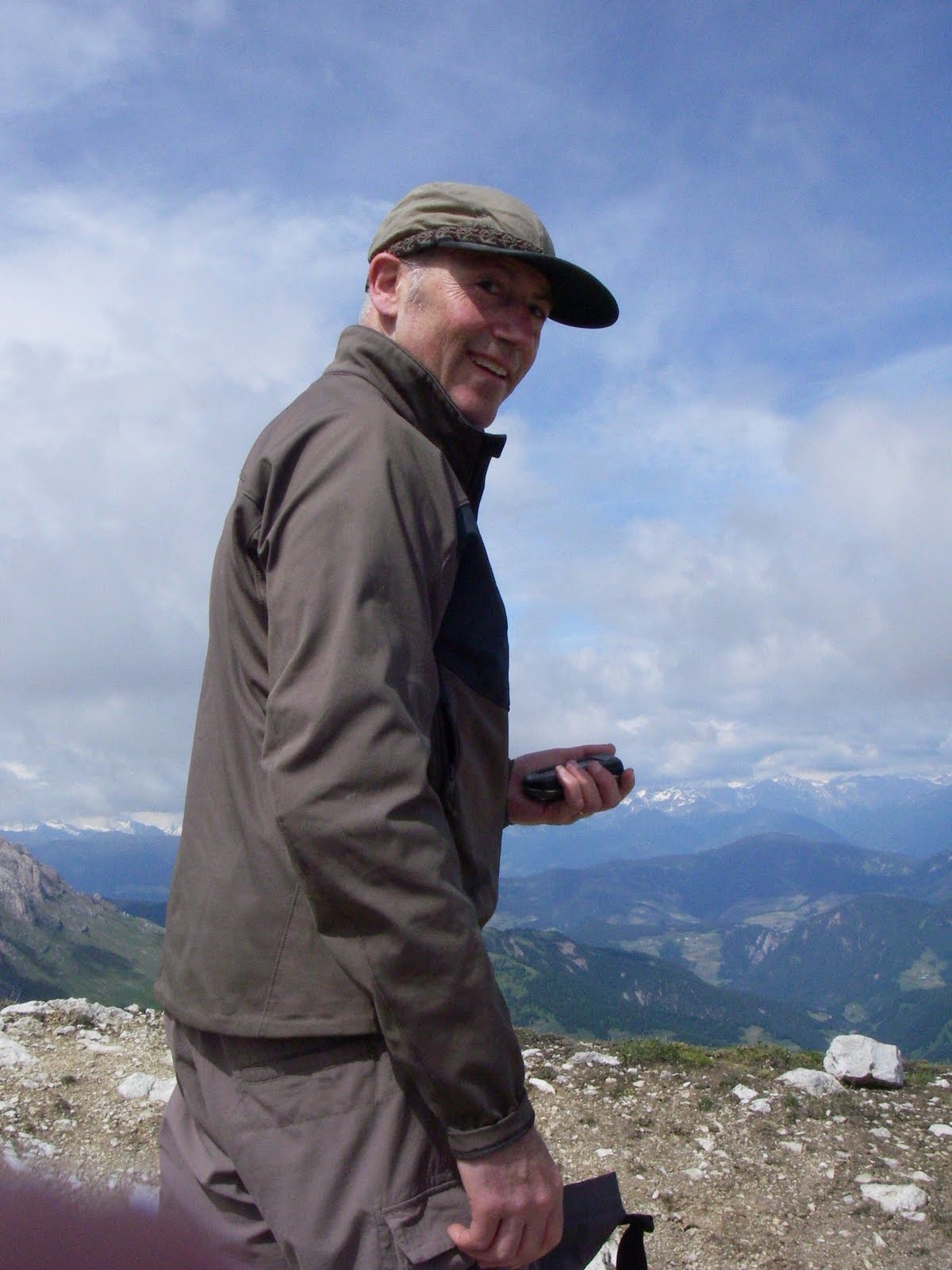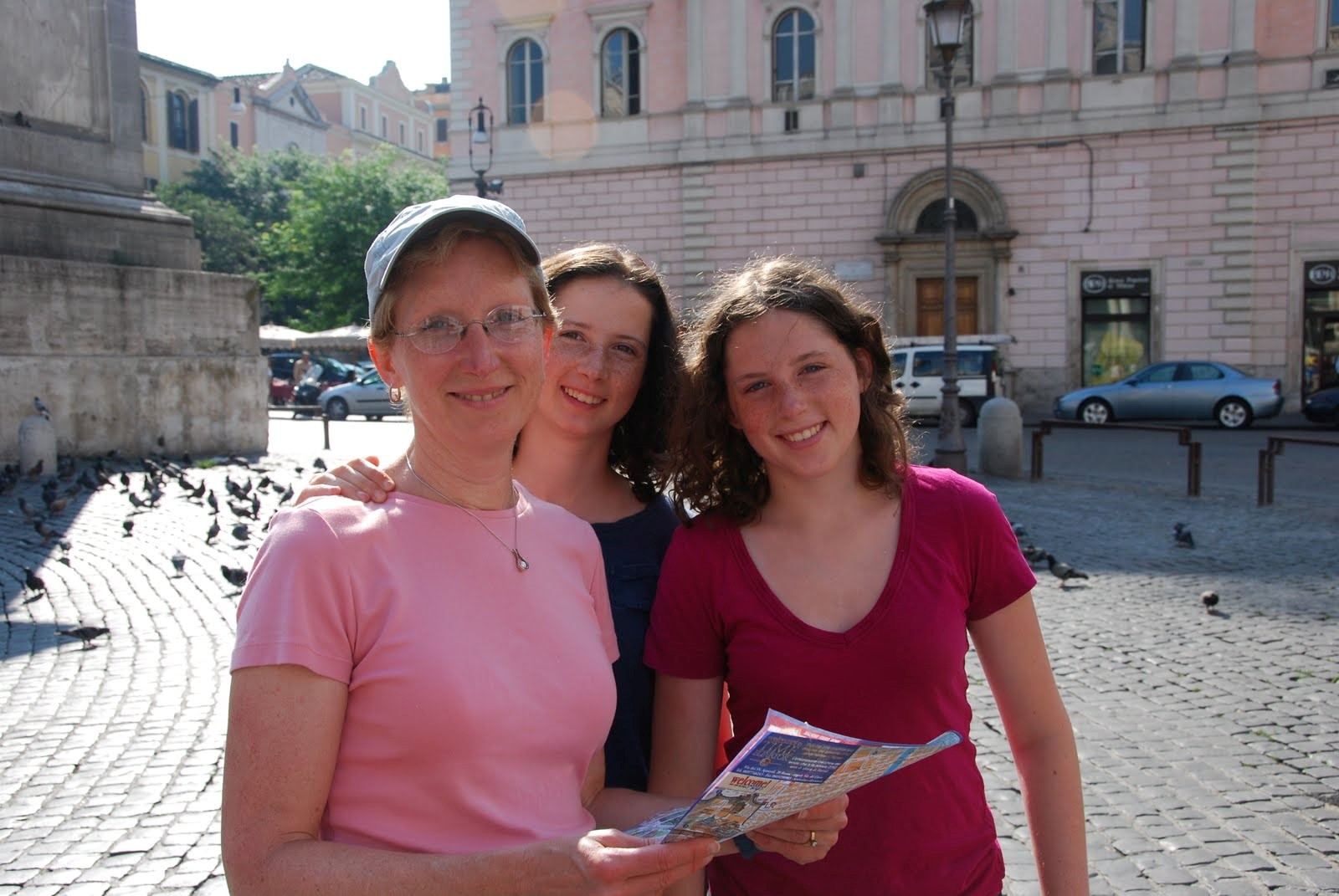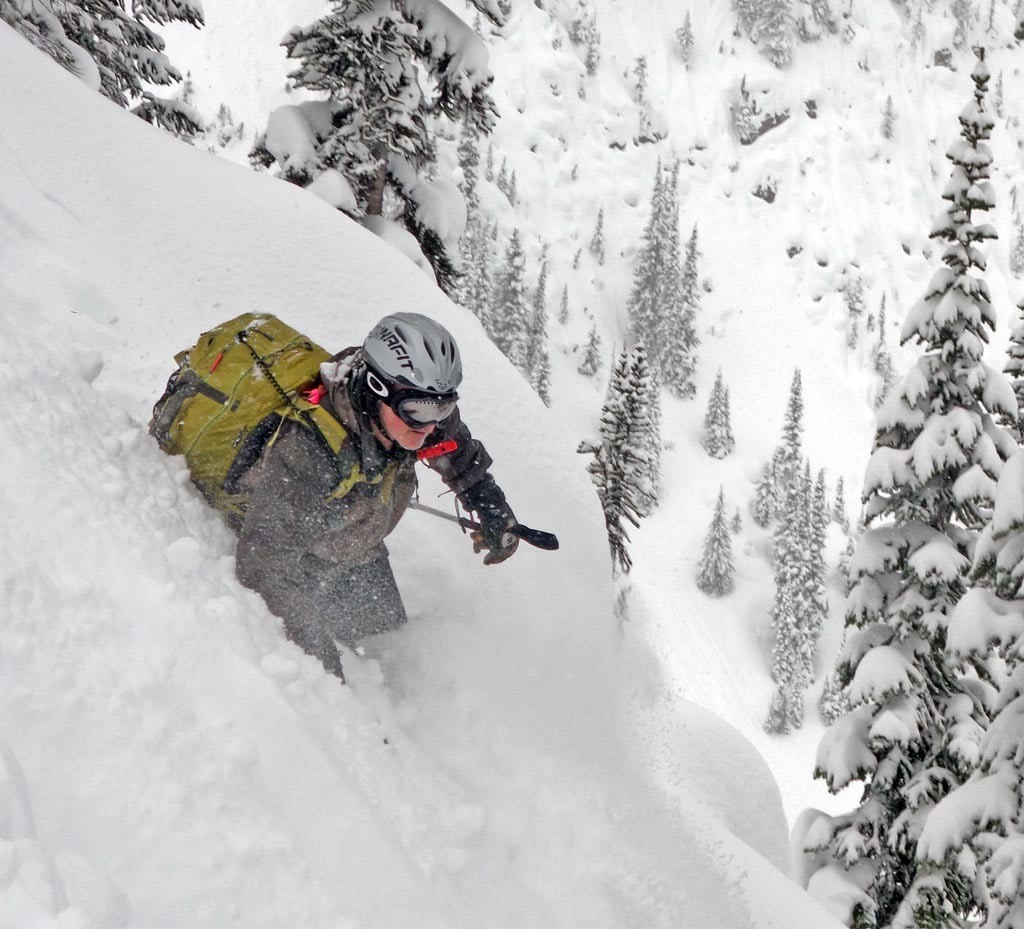- Your full title as you’d like it to appear.
David Lewinsohn, MD, PhD
Professor and Vice Chair for Research,
Department of Medicine
Director OHSU Center for Global Child Health Research,
Department of Pediatrics
Oregon Health & Science University
R&D 11, PVAMC
Chair of the International Health Committee, American Thoracic Society
- Three statements about you – two true, one false. (We tease each new Who’s Who with statements about each featured person – two of which are true, one of which is false, all to be revealed in the last answer.)
I am known in my lab for the mixed metaphor - such as "The Gravy on the Cake." As a result, it is not surprising that I won the 1989 Stanford Medical Mixed Metaphor competition.
In high school, I was discovered by my mother rappelling out of my bedroom window using a lacrosse stick as an anchor.
I take an annual trip to the Canadian Selkirks where I am flown to a remote lodge for a week of backcountry skiing.
- Give us your ‘elevator pitch’ biography.
I went to Haverford College, a small liberal arts school, where I learned immunology from a very inspiring young professor, Judy Owen, PhD. I was very much torn between medicine and science, and so naturally chose Stanford University, which offered a very research-focused MD program. As a young student, having just learned about neutrophils, I approached Eugene Butcher, MD, who had just discovered "homing receptors,” molecules that direct lymphocytes to specific locations in the body, and asked, "What about neutrophils?" Dr. Butcher responded, naturally, that I would be free to work on this project. I ultimately demonstrated that neutrophils relied on these receptors as well and joined the PhD program along the way.
While at Stanford, I met my spouse, Deborah, who is currently the head of Pediatric Infectious Disease at Oregon Health and Science University (OHSU), and is the vice-chair for research in pediatrics. As a Stanford student, I did a pulmonary rotation at UCSF with ATS members Michael Stulbarg, MD (1943-2004) and Chuck Daley, MD, and from this experience did my internal medicine residency at UCSF. As this was prior to the introduction of effective anti-retroviral therapy, the experience at UCSF was profound, and introduced me to AIDS and tuberculosis (TB). My mentors at UCSF included Dr. Daley and Phil Hopewell, MD, and I came away from that experience profoundly interested in the human immunology of infection with Mycobacterium tuberculosis (Mtb), the causative agent of TB.
Debbie and I went to the University of Washington to pursue our fellowship training, and I was able to join the laboratory of Steven Reed, PhD. At that time, I decided to focus my research on the cellular immunology of infection with Mtb, with my central research question being how the human immune system recognizes cells infected with Mtb. This central question continues to motivate my research and continues to yield surprising results. During this time, I was introduced to the ATS, by both Len Hudson, MD, and Dr. Hopewell. Both encouraged me to become actively involved in the Society and my assembly, which was great advice.
Debbie and I took positions at Oregon Health & Sciences University, as well as the Portland VA for me, in 1998. From a research standpoint, we have combined our labs and research efforts. In addition to my scientific interests, I have become interested in TB advocacy, especially with regard to research literacy, as well as working to support early career physician scientists. This is reflected in my work with the StopTB Partnership, where I chair the vaccines working group and serve on the Executive Committee, and in my current role as vice-chair for research. Additionally, through my work in TB I have been fortunate to develop a deep interest in global health, and to have developed close collaborations with investigators across the globe. In this regard, Debbie and I were able to share a visiting professorship at the South African TB Vaccine Institute, in Cape Town, South Africa during the summer of 2017.
 While fellows in Seattle, we had twin girls - Maya and Rebecca, born in 1993. Our son, Daniel, was born in Portland in 2000.
While fellows in Seattle, we had twin girls - Maya and Rebecca, born in 1993. Our son, Daniel, was born in Portland in 2000.
Both girls are currently in medical school - Rebecca at Harvard Medical School, and Maya in the MD/PhD program at the University of Washington. It was quite unexpected to us, as our sense during their time in high school was that both viewed Debbie and I as work obsessed, and a bit nerdy.
Daniel is currently in college at Colorado College, and is interested in computer science and bioinformatics.
We have been fortunate in that all three love the outdoors. Maya was married last summer.
- What would you tell yourself as an Early Career Professional?
Be optimistic! This is undoubtedly a challenging time for young professionals, particularly those interested in becoming a physician scientist. I would encourage an Early Career Professional to find a project that is both inspiring and addresses a question of impact, to find a mentor that is equally inspiring, and to seek mentorship and guidance throughout the institution. I would also encourage an Early Career Professional to develop an understanding of the promotion process. In this regard, involvement in societies, such as the ATS, has been particularly rewarding in that it allows for involvement at a national level at an early stage. Here, get to know your assembly! I would council the young investigator to be careful with time commitments that are not related to their academic focus. Finally, be open to the data. Sometimes the most exciting discoveries come from results that were not anticipated but not ignored.
- If you weren’t in medicine, and were in a different industry altogether, what would you be?
I really love immunology and biology, so I’m not sure how far I would stray. One career that has always appealed to me is that of a professor at a small liberal arts school. Alternately, I have really appreciated seeing the practical/translational aspects of my work and could see an alternate career in a biotechnology firm.
- What is your favorite way to spend a day off?
I enjoy backcountry skiing.
- What areas of medicine are you most excited to see develop?
Since college, I have witnessed first the revolution in molecular approaches to understanding disease, and more recently the expansion of bioinformatic approaches. In pulmonary medicine, I am optimistic that we will find approaches and solutions to our diseases which are both heterogenous and at times intractable. I am optimistic that we will see our "Aha!" moments, akin to TNF blockers in rheumatoid arthritis, for diseases such as interstitial lung disease and asthma.
- What is one advancement in your field you’d like to see in your career?
I’d like to see a vaccine for TB.
- Ok. Which statement did you make up?
#1!

